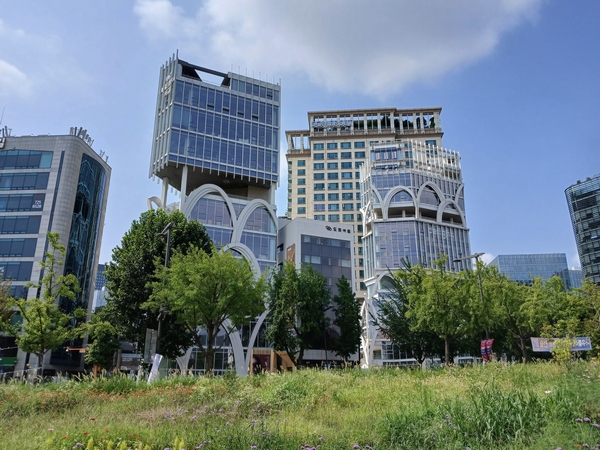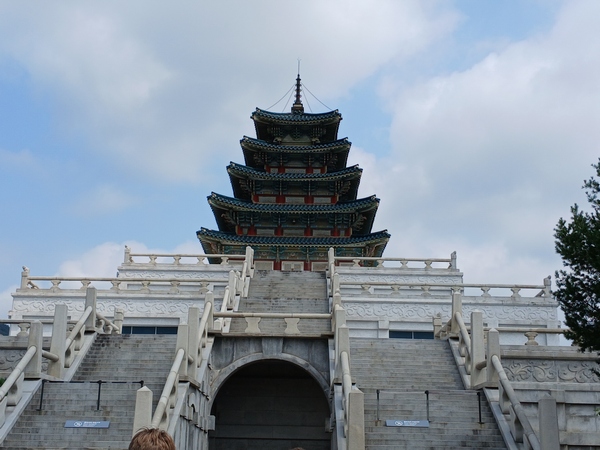 |
| [Korea] Introducing the location and characteristics of Seowon during the Joseon Dynasty. |
| Donam Seowon: 1634 Kim Jang-saeng - Implemented Yehak research and theory into architecture - This is the area where Kim Jang-saeng lived. Museong Seowon: 1615 Choi Chi-won - A place for rural education through local studies and a stronghold for the righteous army. - This is the area where Choi Chi-won practiced good governance. Pilam Seowon: 1590 Kim In-hu - Related to the operation of Seowon’s property and slaves - This is the area where Kim In-hu lived. Namgye Seowon: 1552 Jeong Yeo-chang - Typical building layout of Korean Seowon due to voluntary establishment by Confucian scholars - This is the area where Jeong Yeo-chang lived. Dodong Seowon: 1605 Kim Gwang-pil - Typical building layout on a slope - Kim Gwang-pil’s tomb is nearby. Sosu Seowon: An Hyang, 1543 - The first Seowon in Korea - This is the area where An Hyang, a Confucian scholar from the Goryeo Dynasty, lived. Dosan Seowon: Yi Hwang, 1574 - This is a representative Seowon established as a school-centered Seowon. - Yi Hwang's lecture hall Byeongsan Seowon: Ryu Seong-ryong, 1613 - The role of an educational institution expanded to a public opinion gathering area - This is the area where Ryu Seong-ryong lived. Oksan Seowon: Yi Eon-jeok, 1572 - Documents on educational curriculum and abundant publishing activities - This is the area where Yi Eon-jeok lived (Related site) (2024-10-25) |
| [List] |
| Croatia | Czech | Denmark |
| Finland | Greece | Iceland |
| Ireland | Japan | Korea |
| Liechtenstein | Netherlands | New Zealand |
| Norway | Peru | Spain |
| Sweden | Swiss | USA |
| Mr. Jin's Math Classroom | Zootaxway |
| PaperLee's Hobby Life | Flo's Norway |
| Zoochess | Zootaxbus |



